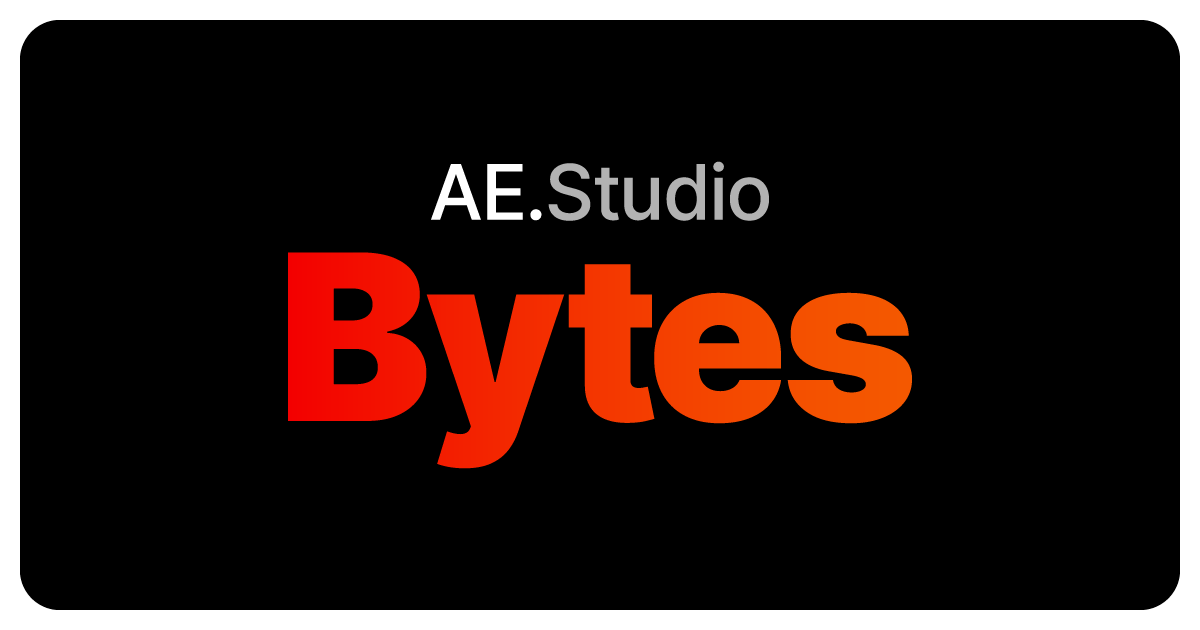- AE Studio Bytes
- Posts
- AI Success Series [Part 2]: Getting clear on your goals
AI Success Series [Part 2]: Getting clear on your goals
If your team can't agree on what they're building, even the best AI fails.


This email is part 2 of our AI Success Series, where we're breaking down the three fundamental mistakes that doom 85% of AI projects to failure.
You can access the previous issue here:
===
Picture this:
A team of engineers are trying to build the perfect car.
The product manager wants it to be the most user-friendly vehicle ever made
The tech lead wants to implement every new piece of AI tech under the sun
And the CEO just wants those sweet, sweet VC dollars
Two years later, they unveil their masterpiece:
A self-driving electric car with no steering wheel (for ultimate simplicity!), powered by three different AI systems that predict where you want to go (technological innovation!), but it costs $500k and only drives in circles because the AI can't agree on directions.
Sounds ridiculous, right?
Well... it's not too far off from what actually happens in most AI projects.
Behind every failed AI implementation is the same story:
You put a bunch of smart people in a room together and give them access to cutting-edge tech…
But, nobody agrees on what the goals of the project should be…
And they end up building a solution to a problem that doesn’t exist.
This is the second fundamental mistake that dooms corporate AI projects to failure:
Mistake #2: Starting your AI project with unclear goals
A real-world example: one of the weirdest proposals we've ever seen came from a healthcare company.
They wanted to build an AI mind-reading app for healthcare, powered by blockchain.
We still don't know what goal they were trying to achieve… and neither did they! But they were 100% ready to invest in building it 🤷♂️
Vague objectives = Vague outcomes
AI projects fail when teams aren’t aligned on their objectives.
“Our AI should be innovative” → What does that mean?
“We want AI to transform our business” → How do you measure that?
“Build an AI that makes our customers happy” → Define “happy.”
Put another way: If you don't know what success looks like, AI won't get you there.
No matter how sophisticated the technology, no matter how much budget you throw at it.
If your product, tech, and leadership teams all have different visions, AI won’t magically solve that for you. It’ll just amplify that confusion like a sound system with the dial cranked to 11.
GenAI especially exposes this
This problem is bad enough in traditional software development, where requirements are more clear-cut.
But this is especially painful with generative AI, which exists in a murky world of probabilities and variable outputs.
If you can't describe what a “good” response looks like, how can you possibly tune a model to produce it?
Need a fresh perspective?
If the above sounds familiar, you might need a fresh set of eyes on the problem.
If you'd like help from a dedicated team who's solved tough AI challenges for everyone from mom-and-pop shops to Fortune 500 behemoths…
Drop us a line at the link below:
For more info about AE Studio and the work we do, check us out here.
Next up: we’ll cover the third mistake that destroys AI projects. (Teams that ace the first two still crash and burn here.)
Until then,
— The AE Studio Team
